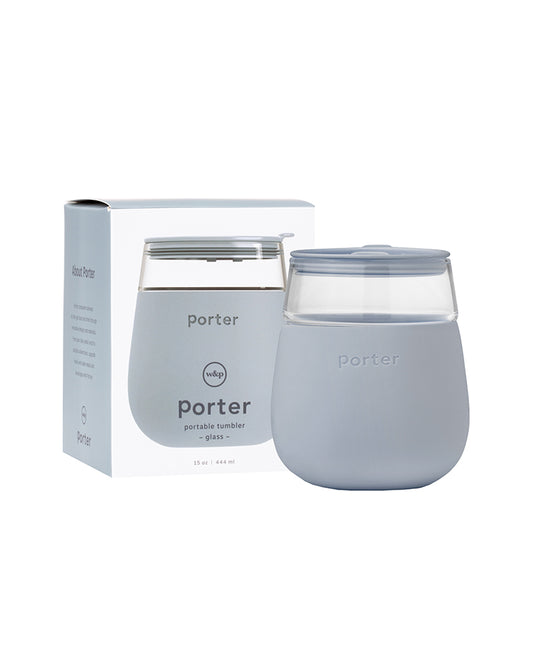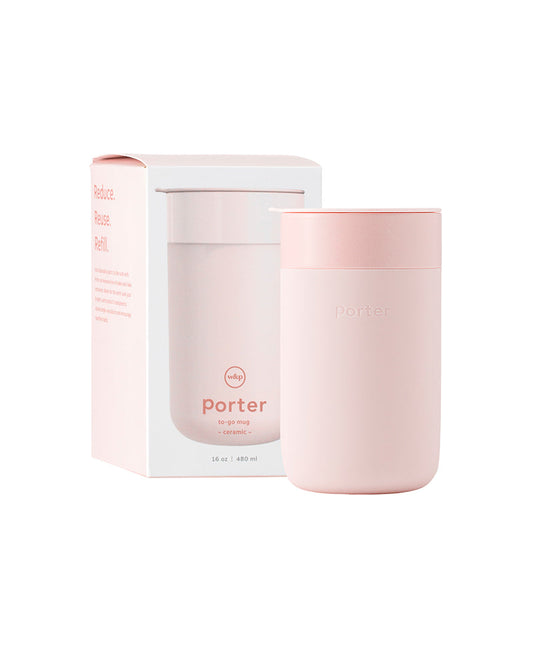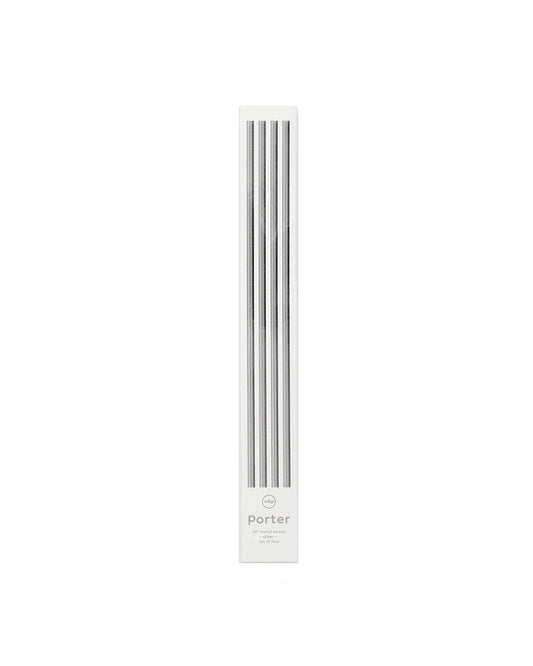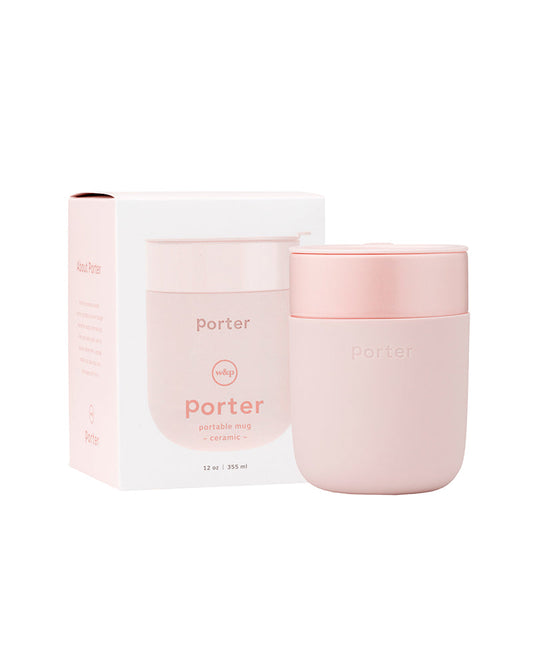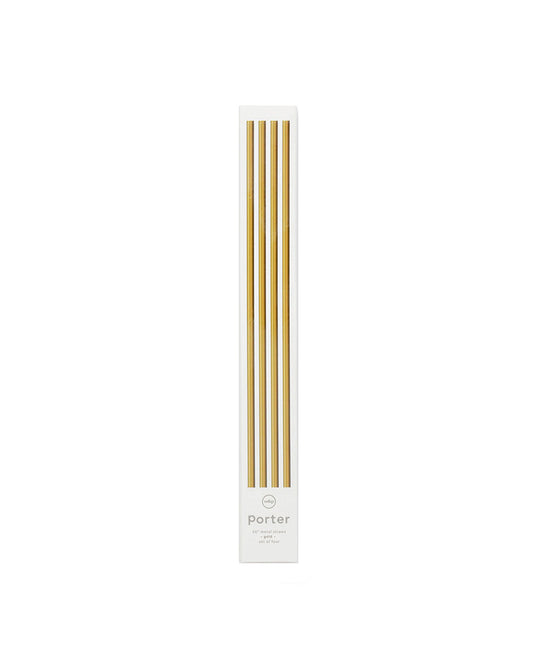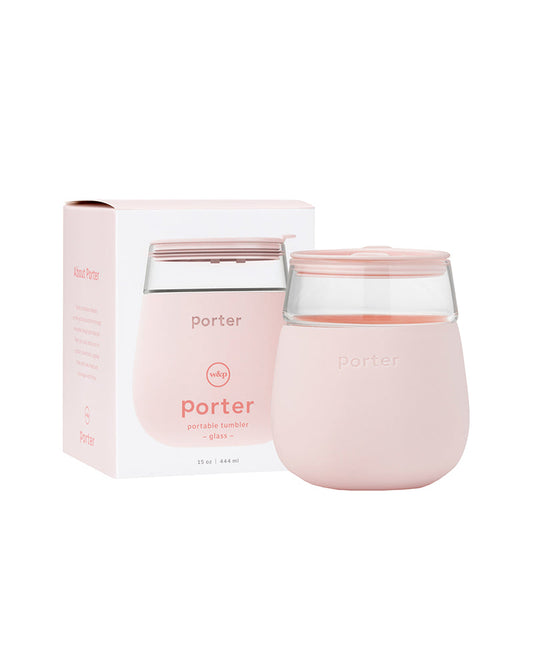
Why We Love It
Maybe we're just thinking back to family meals or stealing bites of cookie dough while Mom was baking, but there's something so comforting about eating out of a bowl. Even more comforting? Knowing that bowl is made from gorgeous, silicone-wrapped ceramic, so it won't hurt the environment, with a built-in silicone strap, so your food stays where it is, no matter where you're going.
Hive Five™ Certified
No need to guess what's in your food or how it was made. Our experts vet every product for ingredient integrity, responsible sourcing, and great taste using our own criteria called the Hive Five.
W&P plays a hands-on role in manufacturing their products, choosing factory partners based on environmentalism and sustainability. W&P's products do not contain ingredients on Hive's No Good, Dirty Rotten list of banned and watch list ingredients.
With their mission to provide alternatives for single-use containers, W&P is helping limit the environmental impact of producing and disposing of plastic waste.
W&P donates time and proceeds to Edible Schoolyard NYC, a community nonprofit providing cooking and gardening education to kids in Title 1 schools.
Our team personally tests every product to make sure it’s good enough to end up in your home, not a landfill.
W&P plays a hands-on role in manufacturing their products, choosing factory partners based on environmentalism and sustainability. W&P's products do not contain ingredients on Hive's No Good, Dirty Rotten list of banned and watch list ingredients.
With their mission to provide alternatives for single-use containers, W&P is helping limit the environmental impact of producing and disposing of plastic waste.
W&P donates time and proceeds to Edible Schoolyard NYC, a community nonprofit providing cooking and gardening education to kids in Title 1 schools.
Our team personally tests every product to make sure it’s good enough to end up in your home, not a landfill.
 How it does good
How it does good
Less than 1 in 7 plastic bags are recycled, which means, if they don't end up directly in an animal's home (or stomach), they end up in a landfill, where chemicals from microplastics, dyes, and more damage soil and groundwater. Even plastics that are recycled can add to carbon footprints by requiring larger, more frequent collections. With BPA-free materials and plastic alternatives, made to be used, then reused, W&P is making it practical, affordable, and, most importantly, sustainable to store foods and drinks. To make their products, they choose partners who follow environmentally responsible practices. They also work with brands in their community on initiatives to enhance their eco-friendly practices and pass on what they've learned.
How to Use
Recycling
These are general guidelines for broadly-recyclable materials. Check with your local recycler to confirm what they take.
Third Party Certifications

W&P
Founded by Josh Williams and Eric Prum, W&P began with one product and a big idea that the things you use to cook, eat and drink could have a positive impact on your life and the world around you. Since then, our team has grown to include designers, product developers, manufacturing experts—and a few prized office pups—passionate about the intersection of food, culture and design.
Shop Brand





